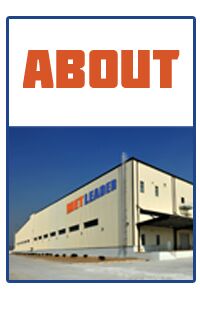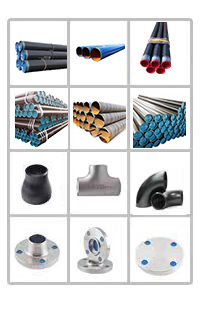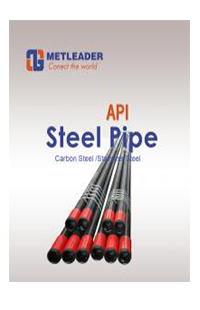What is the useage of the line pipe?
Introduction
After a century of development, the pipelines of engineering pipelines have occupied a major position, especially in the gas pipeline industry. The development of engineering line pipe material technology and its construction process can achieve reasonable and economical pipeline engineering projects.
Line pipes are primarily used in the oil and gas industry for the transportation of fluids, such as crude oil, natural gas, and petroleum products, over long distances. They form the backbone of extensive pipeline networks that connect production areas, refineries, and distribution centers.
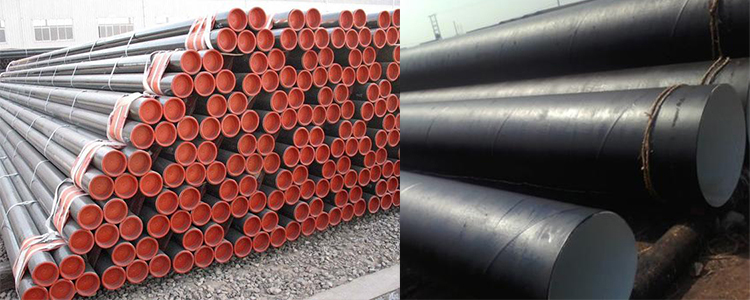
Line pipes are primarily used in the oil and gas industry for the transportation of fluids, such as crude oil, natural gas, and petroleum products, over long distances. They form the backbone of extensive pipeline networks that connect production areas, refineries, and distribution centers.

Types of Line Pipe
Line pipes are essential components in the transportation of fluids such as oil, gas, water, and chemicals. They come in various types, each tailored to specific applications, materials, and standards. Understanding the different types of line pipes helps in selecting the right one for specific needs. Here is an overview of the main types:
Material Composition
Steel Line Pipes
Carbon Steel: Most common type used for oil and gas transportation due to its strength and durability.
Stainless Steel: Used in corrosive environments due to its resistance to rust and corrosion.
Alloy Steel: Contains additional alloying elements for enhanced properties like higher strength and resistance to high temperatures.
Plastic Line Pipes
PVC (Polyvinyl Chloride): Used in water supply and low-pressure applications; known for its affordability and ease of installation.
HDPE (High-Density Polyethylene): Used in water, gas, and sewage applications; known for its flexibility, durability, and chemical resistance.
PEX (Cross-linked Polyethylene): Used in water and gas supply systems; known for its flexibility and high-temperature resistance.
Composite Line Pipes
Fiberglass Reinforced Plastic (FRP): Combines fiberglass and resin; used in corrosive environments and for transporting chemicals.
Steel Reinforced Polyethylene Pipe (SRPE): Combines the strength of steel with the flexibility of polyethylene; used in high-pressure applications.
Grades and Specifications
API Standards (American Petroleum Institute)
API 5L: Specification for line pipe used in the transportation of oil and gas; includes different grades like PSL1 and PSL2, which define quality and performance requirements.
API 5CT: Specification for casing and tubing used in drilling operations.
ASTM Standards (American Society for Testing and Materials)
ASTM A53: Standard specification for pipe, steel, black and hot-dipped, zinc-coated, welded, and seamless.
ASTM A106: Standard specification for seamless carbon steel pipe for high-temperature service.
Other Industry Standards
DIN (Deutsches Institut für Normung): German standards for steel pipes.
ISO (International Organization for Standardization): International standards for pipes, such as ISO 3183 for petroleum and natural gas industries.
Use of engineering line pipe:
(1) Water supply pipelines: including industrial water supply, domestic water supply, fire water supply and other pipelines
(2) Drainage pipe: including industrial sewage (waste water) domestic sewage, rainwater, groundwater reduction pipelines and open trenches.
(3) Power lines: including high-voltage transmission, high and low voltage distribution, production and electricity, and electric vehicles.
(4) Telecommunications lines: including city calls, long-distance calls, telegraphs; cable broadcast, cable TV and other lines.
(5) Heat pipes: including pipes such as steam and hot water.
(6) Combustible or combustion-supporting gas pipelines: including gas, B, oxygen and other pipelines.
(7) Air pipe: including fresh air, compressed air and other pipes.
(8) Ash slag pipeline: including pipelines such as sludge discharge, ash discharge, slagging, and tailings.
(9) Urban garbage transportation pipeline.
(10) Liquid fuel pipelines include pipelines such as petroleum and alcohol.
(11) Special pipelines for industrial production: mainly pipelines used in industrial production, such as chlorine pipelines, and pipelines for chemical industry.
(12) Railways: including railway lines, special lines, underground railways, light rail railways and station yards, and bridges and culverts.
(13) Roads: including urban roads (streets), roads, bridges, culverts, etc.
(14) Underground civil air defense lines: such as air-raid shelters and underground buildings.
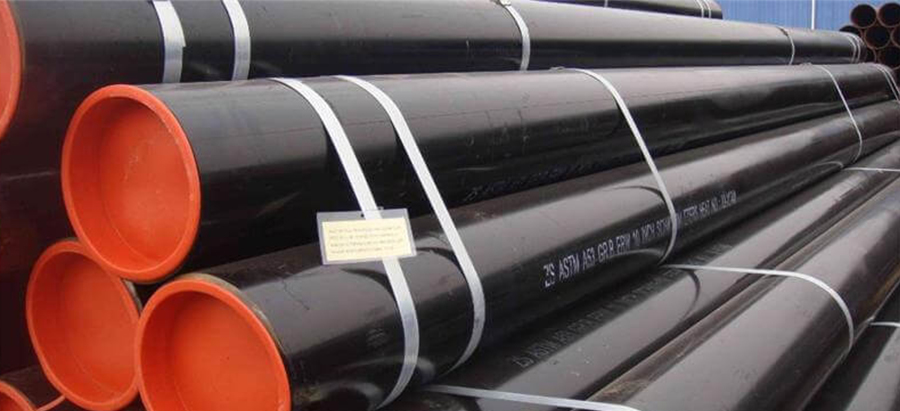
Line pipes are designed to withstand high pressures, extreme temperatures, and challenging environmental conditions. They are typically made of carbon steel, alloy steel, or stainless steel, which offer strength, durability, and resistance to corrosion. Coatings and insulation may be applied to line pipes to protect against corrosion and provide thermal insulation.
(2) Drainage pipe: including industrial sewage (waste water) domestic sewage, rainwater, groundwater reduction pipelines and open trenches.
(3) Power lines: including high-voltage transmission, high and low voltage distribution, production and electricity, and electric vehicles.
(4) Telecommunications lines: including city calls, long-distance calls, telegraphs; cable broadcast, cable TV and other lines.
(5) Heat pipes: including pipes such as steam and hot water.
(6) Combustible or combustion-supporting gas pipelines: including gas, B, oxygen and other pipelines.
(7) Air pipe: including fresh air, compressed air and other pipes.
(8) Ash slag pipeline: including pipelines such as sludge discharge, ash discharge, slagging, and tailings.
(9) Urban garbage transportation pipeline.
(10) Liquid fuel pipelines include pipelines such as petroleum and alcohol.
(11) Special pipelines for industrial production: mainly pipelines used in industrial production, such as chlorine pipelines, and pipelines for chemical industry.
(12) Railways: including railway lines, special lines, underground railways, light rail railways and station yards, and bridges and culverts.
(13) Roads: including urban roads (streets), roads, bridges, culverts, etc.
(14) Underground civil air defense lines: such as air-raid shelters and underground buildings.

Line pipes are designed to withstand high pressures, extreme temperatures, and challenging environmental conditions. They are typically made of carbon steel, alloy steel, or stainless steel, which offer strength, durability, and resistance to corrosion. Coatings and insulation may be applied to line pipes to protect against corrosion and provide thermal insulation.
Previous:The difference between pipe bend and elbow
Next:What is NACE MR0175/ISO 15156 Pipe Fittings
Next:What is NACE MR0175/ISO 15156 Pipe Fittings







